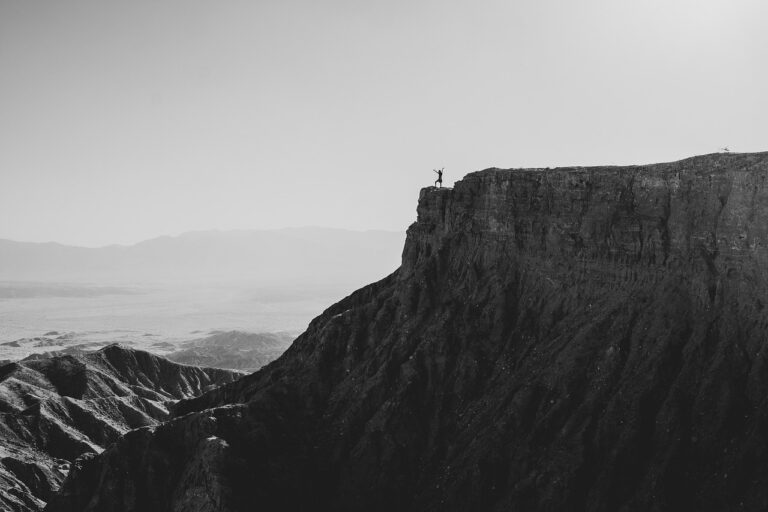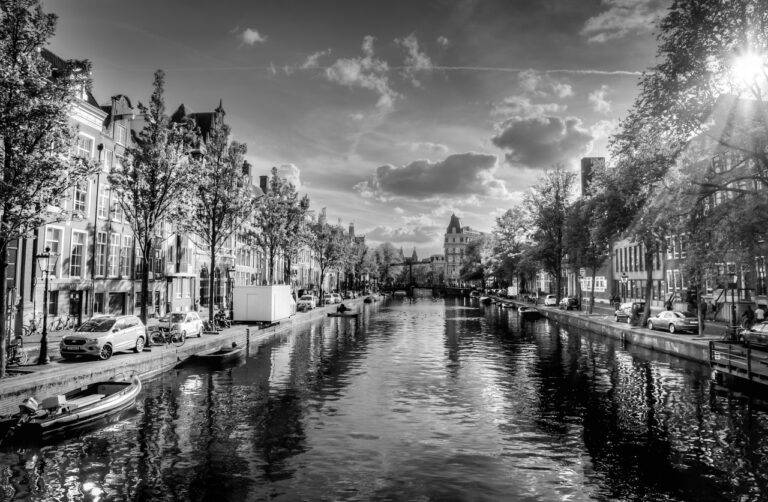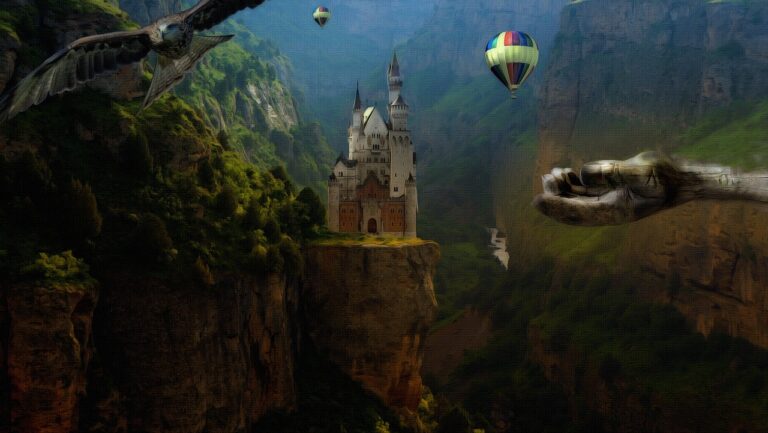Exploring Unique Glacial Landscapes
Glacial landscapes are the result of the movement and erosion of glaciers over thousands of years. These icy giants sculpt the land, leaving behind distinctive features such as U-shaped valleys, moraines, and cirques. The slow but relentless advance of glaciers can transform entire regions, shaping the terrain in mesmerizing ways.
One of the most striking characteristics of glacial landscapes is the evidence of their powerful erosive force. As glaciers move, they pluck and grind rocks, carrying debris that eventually forms characteristic landforms like drumlins, eskers, and kettle lakes. These landscapes bear witness to the sheer strength and persistence of glacial activity, creating a natural canvas that showcases the dynamic interplay between ice and rock.
The Formation of Glacial Landscapes
Glacial landscapes are the result of various processes that take place over long periods of time. One of the key factors in their formation is the movement of glaciers, massive bodies of ice that slowly flow over the land. As glaciers move, they erode the surface below them, carving out deep valleys and creating unique landforms.
Another important process in the formation of glacial landscapes is the deposition of sediment by glaciers. As glaciers advance and retreat, they carry rocks, soil, and other debris with them. When the glaciers melt, they deposit this sediment, forming features such as moraines and drumlins. These deposits can dramatically alter the landscape, creating hills, ridges, and other distinctive landforms.
What are glacial landscapes?
Glacial landscapes are landforms and features that have been created or shaped by the movement of glaciers.
How are glacial landscapes formed?
Glacial landscapes are formed through a combination of processes such as erosion, deposition, and melting of glaciers over thousands of years.
What are some common features found in glacial landscapes?
Common features found in glacial landscapes include U-shaped valleys, moraines, drumlins, and eskers.
Where can glacial landscapes be found?
Glacial landscapes can be found in regions that were once covered by glaciers, such as parts of North America, Europe, and Antarctica.
How do glacial landscapes impact the environment?
Glacial landscapes play a crucial role in shaping the environment by influencing factors such as water flow, soil composition, and plant growth.





